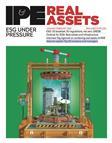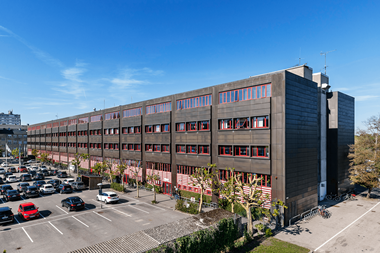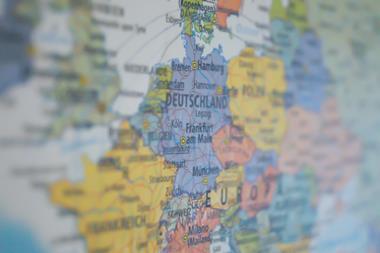Different research projects have disagreed over whether there is real estate market bubble in Switzerland.
According to academic research by university ETH Zürich and internet company comparis.ch, the Swiss real estate market has “cooled down” with no region remaining in “critical” condition regarding price levels.
UBS Real Estate has painted a different picture with its ‘Swiss Real Estate Bubble Index’, which in June rose from 1.15 to 1.24 points year-on-year. Regions highlighted as danger zones “remain unchanged”.
However, UBS said the index had plateued at a high level for the past four quarters after having increased steadily since inception from 0.51 in mid-2011.
The regions around Zürich and Luzern, Basel-City, the region north of lake Geneva, Davos in eastern Switzerland, and Martigny in the Southern part of the country were identified as “danger zones”.
ETH Zürich, meanwhile, identified 11 red spots on their map of Switzerland in the middle of last year. Only some parts in the Zürich/Luzern area were marked in orange meaning they were “to be monitored”, as was the city of Locarno and its surroundings in Southern Switzerland.
The most recent real estate report by ETH Zürich, meanwhile, is the first of four that has not shown any danger zones.
“This development confirms that bubbles in Switzerland are not bursting but are releasing air slowly because of the country’s economic stability,” said Didier Sornette, professor for entrepreneurial risk at the ETH Zürich.
Sornette and his research team used over one million prices of apartments and houses published on the comparis.ch website since 2005.
However, the professor said his team’s research only showed the status quo; international developments could deteriorate the situation again.
Among those “influences” mentioned by the researchers were the Libor rate, developments on the mortgage market, the euro exchange rate, the level of foreign direct investments in Switzerland, and investments of Swiss abroad, but also the development of the GDP and migration.
For the calculation of the real estate bubble index, UBS Real Estate uses six sub-indices measuring the ratios of purchasing price to rental levels, house prices to household income, mortgage debt to income, building activity to GDP, as well as the level of loan applications filed for apartments for the purpose of re-letting.
Economists Matthias Holzhey and Claudio Saputelli at UBS said the moderate increases in the index in recent quarters were mainly down to increased capital requirements for mortgage applications.
Nevertheless, they rated the danger in certain regions as “unchanged” and noted a price increase of over 4% in Southern and Northwestern Switzerland.













